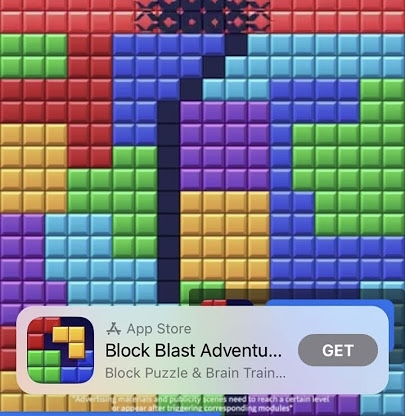I have been writing about iOS and Android games for 13 years at this point on this very website, and I have seen a multitude of trends come and go in the world of mobile games. One of the worst trends I’ve seen is also one that has never really died, despite having started well over 10 years ago.
This trend, which should be familiar to anyone who has ever played a mobile game, is adding fake gameplay to an advertisement for a real game. One weird consequence of this trend is that sometimes the fake game is better than the real one.
Most of the time, the game that gets put inside the ad is very simple. Usually, it’s some rudimentary form of tower defense, some rudimentary endless runner that wouldn’t have gotten any downloads 14 years ago, or some games that claim to be earning you hundreds of dollars in a few seconds, with a disclaimer that money made from the ad doesn’t count.
This is how it started ages ago; I believe that Machine Zone started this trend with its ads for Game of War: Fire Age and Final Fantasy XIV: A New Empire, or at least that’s when I started seeing them. Over the years they have become more and more prevalent, to the point where it’s rare to find an ad that doesn’t contain a game within.
Lately, more of these fake games stay true to the real game, although that’s still rare. Years ago, many of these game companies decided to put a “pull the pin” game into the ads, which became so popular that eventually, mobile game companies started capitalizing and making real games with the same gameplay.
Recently, a rather egregious example of this happened when advertisements for Block Blast were released containing a fake game that can only be described as Tetris on steroids. Think of Tetris but with a wider board containing more blocks, and falling pieces that contain more than four blocks at a time.
This was one of the most tantalizing puzzle games I had played on mobile devices in quite some time. Like a rube, I downloaded Block Blast for the first time in a few years, only to find that this special mode was not contained within the game. Of course, I immediately deleted the game out of irritation.
What gets me is, number one, do these companies not have analytics to show how popular the fake games in their advertisements are? Number two, if they do have the analytics, then why don’t they immediately add that mode to the game to capitalize on the popularity of the advertisement, and catch a falling star when they get the chance?
Some companies do this right. The devs behind Epic War, as an example, include these little fake games as a side quest in their mobile RPG, making them completely optional for players and rewarding players who complete levels in the minigames with premium currency. Every once in a while, the developers will completely swap out the minigame for a different type of minigame, always keeping things interesting.
Last War: Survival is another example of a game that does it right. Many mobile games use the “run and gun” minigame As a promotional tool, but Last War: Survival makes it part of the core gameplay of their real game, which is an MMORTS. This not only makes the real game stand out from the crowd but has kept the game near the top of the download charts for a very long time.
Some mobile game companies seem to have an idea of what they’re doing. It seems that most of them are actively trying to lose money, yet are making money despite their very best efforts.
